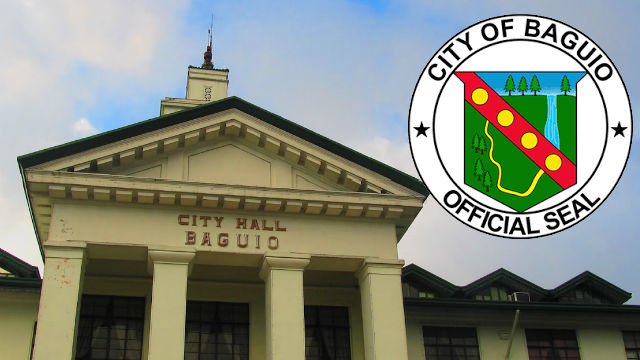TABUK CITY, Kalinga – The Ecological Solid Waste Management Board, in its fourth quarter meeting on Dec. 6, 2023, approved the passage of resolutions aimed at addressing issues on garbage collection and disposal at the city’s Sanitary Landfill.
The board agreed on a resolution to acquire additional garbage trucks next year to improve the collection of residual waste from the 35 barangays covered by the City Environment and Natural Resources Office’s (CENRO) collection service. This is in response to concerns about instances of trash piling up in the streets and being scattered by stray animals due to delayed garbage pick-up, a problem attributed by the CENRO to aging and deteriorating garbage trucks that are now prone to breaking down.
Aside from trash collection woes, the board is also tackling an emerging problem with garbage disposal through a resolution to prioritize the construction of a new cell at the sanitary landfill in Dilag to upgrade the facility’s capacity.
The capacity of the 6.4-hectare landfill is close to being maxed out as households are now producing more trash every day, which threatens to exceed the maximum load of garbage the landfill is designed to carry, which is supposed to be less than 15 tons a day.
As part of expansion plans, the city government had purchased an adjacent 1.3-hectare lot to accommodate the new cell, the construction of which is projected to cost about PhP40 million. The CENRO is also in the process of applying for a permit to operate the landfill as a Category II facility to be allowed to accommodate more than 15 tons of trash per day in compliance with environmental laws.
Aside from these two resolutions, the Board also adopted three separate resolutions requesting the City Council to pass ordinances for the following waste management programs: regulation of junkshop operations, the institutionalization of the operation of Material Recovery Facility in the barangays, and institutionalization of the giving of recognition and granting cash incentive to best performing barangays and schools in environmental management. By Iryll Sicnao
















